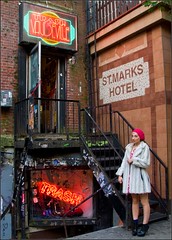Chakras: Tradition Verses New Age
Traditionally Chinese medicine relies on the model belief that the human body is an energy system, consisting of seven chakras located through the body on a horizontal line from the Root chakra on the genitle area up to the Crown chakra at the top of the head. The New Age movement has created an increased interest in Western cultures including the chakras. Some people in New Age practices claim that there are chakras, besides the seven major ones, for instance, ear chakras. Although it cannot be proven that this is entirely untrue it is certainly up for debate.
People from the East and West who study or tap into the chakras energy system know that there is a correspondence between the position and role of the chakras, and those of the glands in the endocrine system. Each chakra is responsible for different aspects of the body just like each organ is responsible for its own functions.
The chakras are described in the tantric texts as Sat-Cakra-Nirupana, and the Padaka-Pancaka, where they radiate an electrical consciousness, an energy which pours down from the spiritual like the suns rays. They then create these distinct levels of chakras (simular to oil settling on top of water), which eventually settle in the Muladhara (root) chakra. This energy that came into creation, called the Kundalini, will lie coiled and sleeping until it is taped into through tantric yogi, reiki or meditation to arouse the energy, and encourage it to flow back up through the increasingly subtler chakras, until union with god is achieved in the Sahasrara (crown) chakra at the top of the head.
It is believed that the energy of the chakras is continuously flowing (like a stream), if it is not respected and given the proper
Pages: 1 2
